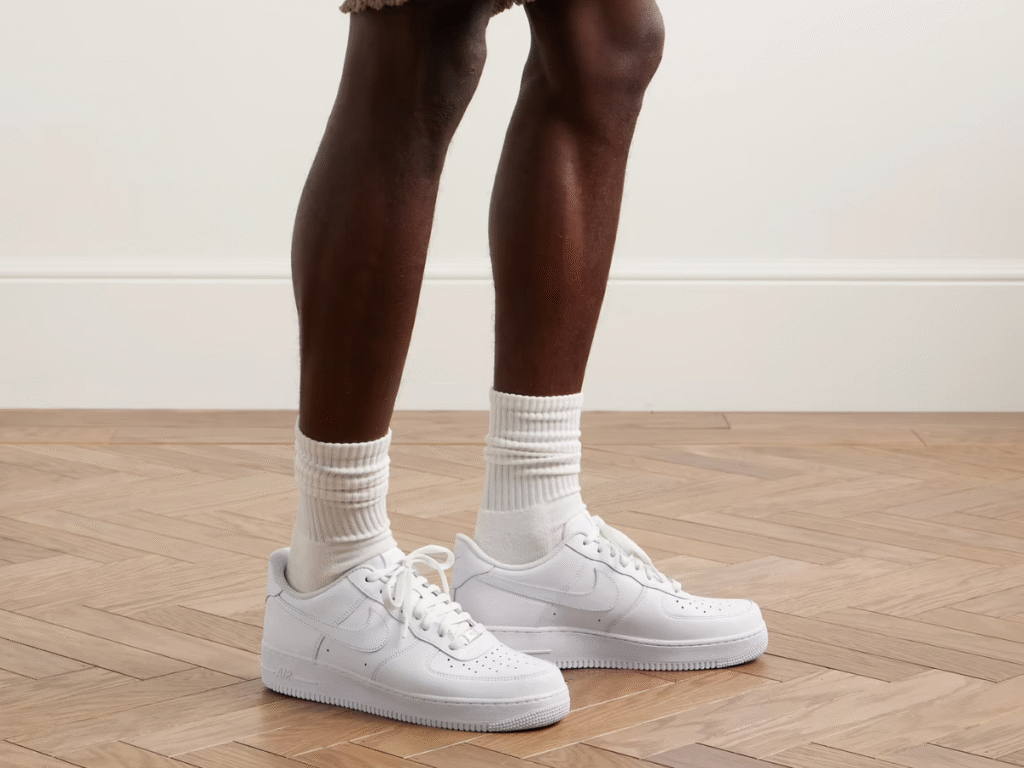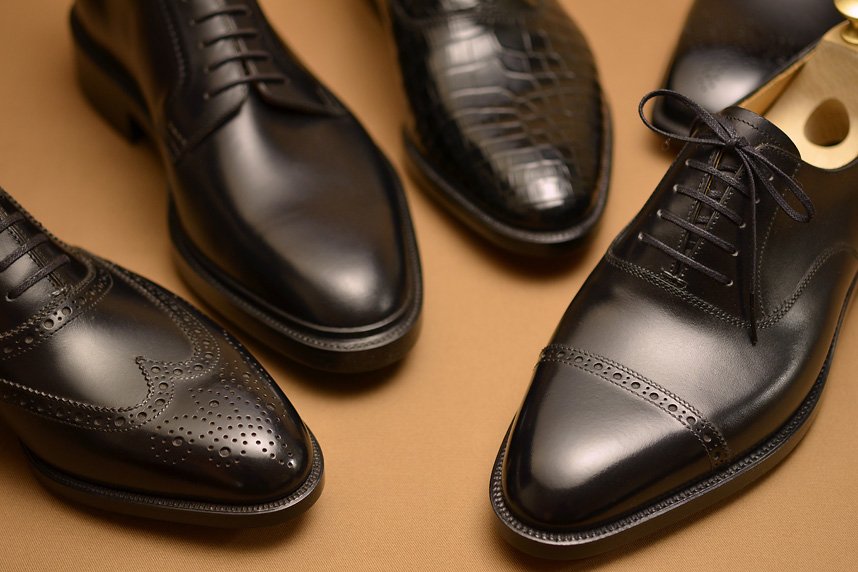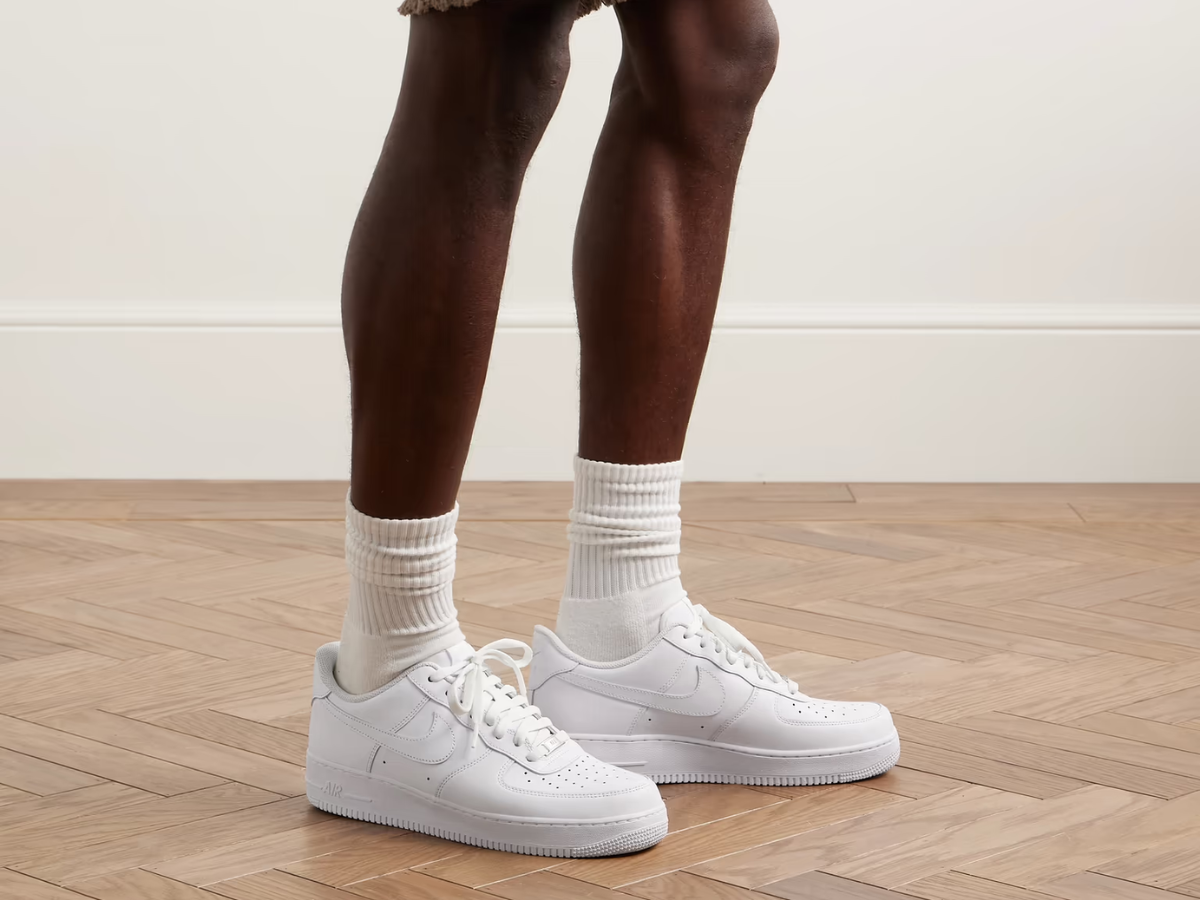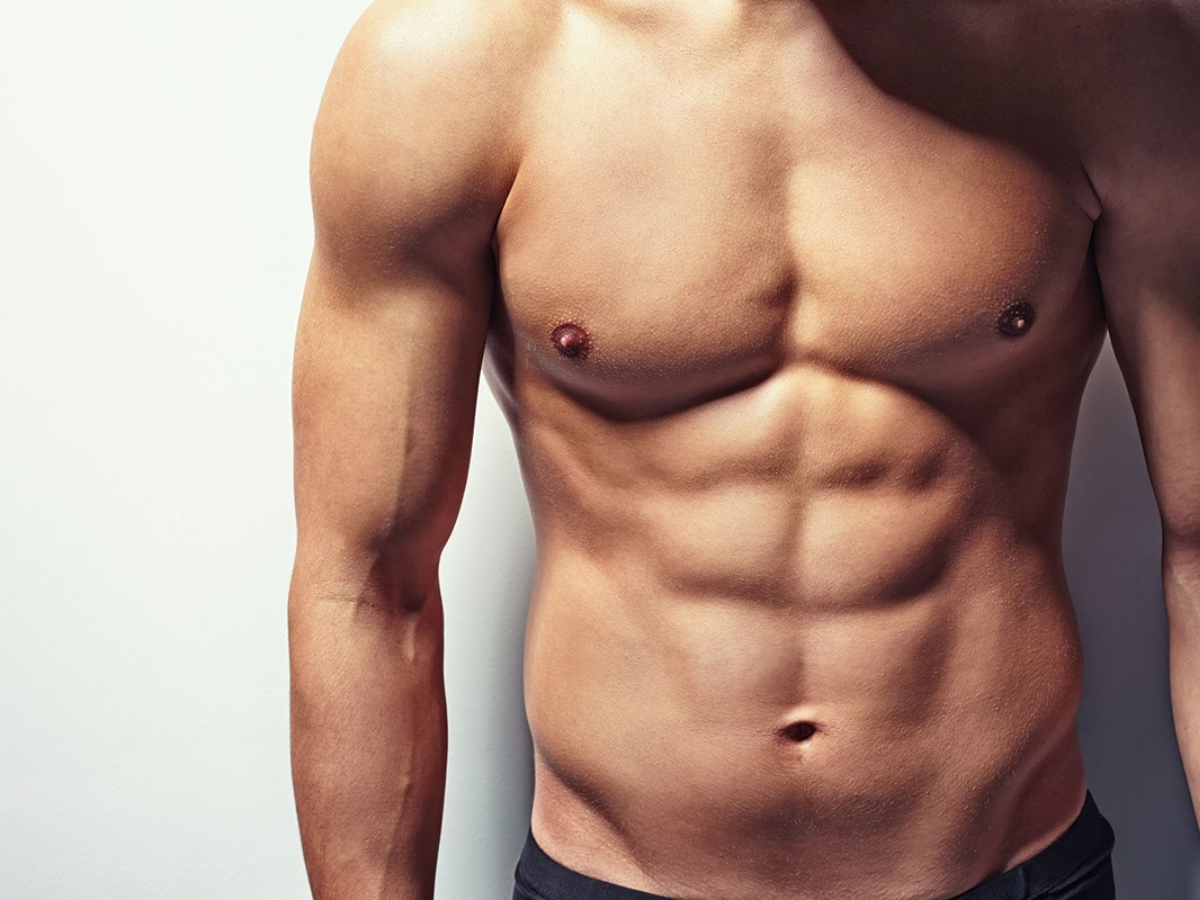Summer always brings a certain vibe, doesn’t it? The days feel lighter, wardrobes get simpler, and suddenly we’re all reaching for pieces that slip on easily but still look sharp. And right now, no shoe captures that feeling better than the boat shoe. It’s the kind of footwear that’s been around forever, tucked away in closets, waiting patiently for its moment—and this summer, it’s finally making its mark.
You probably remember boat shoes from somewhere: perhaps your dad wore them religiously on family holidays, or maybe they were the unofficial uniform around half your college campus. For some, they are timeless; for others, they felt too stiff, too “prep,” or too stuck in the past. But here’s the thing—classics never really go away. They just sit back until fashion swings back in their favour.
And that’s exactly what’s happening now. The boat shoe is making a big comeback, and not in the same old, cookie-cutter style. Designers have given them a modern refresh—think bolder colours, softer materials, and sleeker shapes that look just as good on city streets as by the water. Comfortable, versatile, and simply cool, boat shoes are stepping into the spotlight this summer, and honestly, it’s about time.

The boat shoe’s story starts in the 1930s with a sailor named Paul Sperry. One day out on the water, frustrated with slipping around on his boat, he spotted something unusual—his dog, Prince, running across icy ground without a problem. Curious, he studied the paw pads and noticed the grooves that gave them grip. That lightbulb moment led him to carve similar siped grooves into a rubber sole, and when he paired it with a moccasin-style leather upper, the very first boat shoe was born. Functional, yes, but stylish enough to catch on far beyond the docks.
What’s fascinating is that the design wasn’t entirely new. The leather slip-on construction with laced eyelets had roots in the camp moccasins worn by Native Americans for centuries. They’d perfected the idea of durable, practical footwear long before Sperry came along. In a way, the boat shoe is part invention, part reinvention—a merging of Indigenous tradition with a new kind of modern utility.

By the mid-20th century, boat shoes had sailed off the decks and into everyday American wardrobes. They weren’t just practical anymore; they carried a sense of coastal ease, a slice of that seaside lifestyle people wanted to tap into. Worn with chinos, shorts, or even lightweight suiting, they became shorthand for Americana—effortless, comfortable, and just a little bit aspirational.
The ’80s took things to a whole new level. Boat shoes exploded in popularity, showing up on college campuses, at summer barbecues, and practically everywhere along the East Coast. For a time, they weren’t just a shoe, they were a cultural marker. Slip them on and you instantly looked like you belonged in a Ralph Lauren ad. But as is often the case, overexposure sparked backlash.
By the ’90s and 2000s, the very things that once made boat shoes cool became their downfall. They were written off as too preppy, too uniform, too tied to a narrow idea of style. “Frat shoes,” some called them. Fashion moved on, leaving boat shoes to linger quietly in closets, worn mostly out of habit rather than trend. But classics have a way of hanging on, and even at their lowest point, the boat shoe never fully disappeared—it was just waiting for the tide to turn.
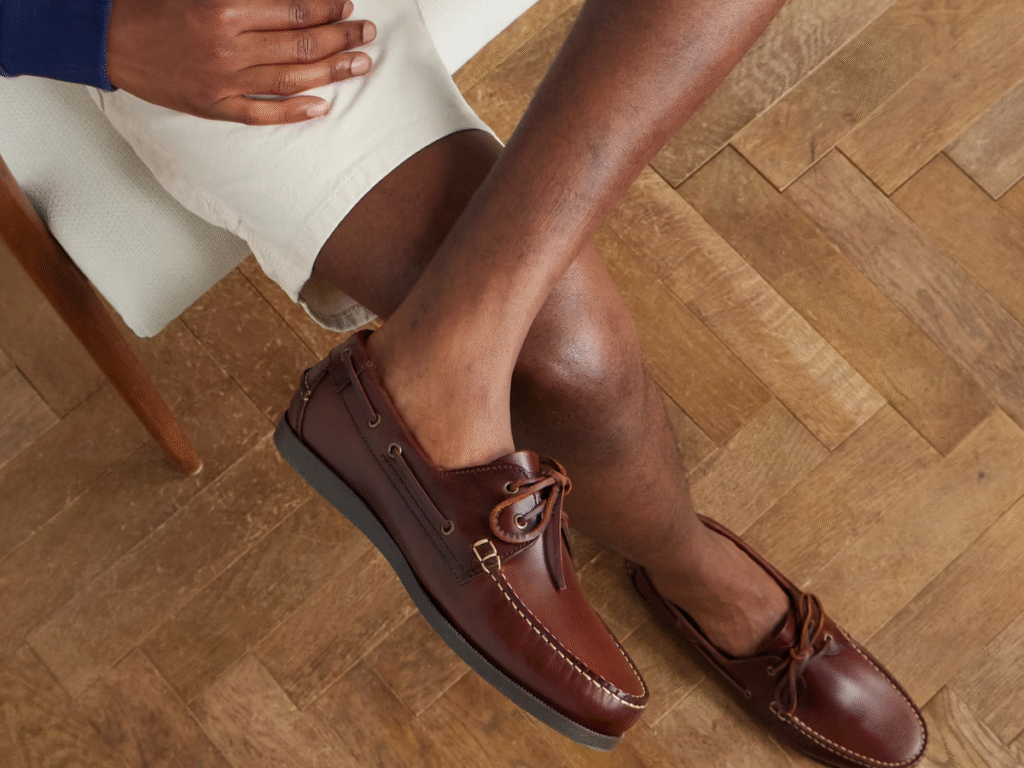
When you think of boat shoes, it’s easy to picture the overall look: leather uppers, laces, and those signature rubber soles. But what actually makes them unique compared to other casual shoes? A few key details set them apart, blending practicality with timeless style. Here’s a breakdown of the defining characteristics that give boat shoes their unmistakable identity.
- Moccasin Toe Construction – The stitched moccasin-style toe is what gives boat shoes their classic shape. Unlike stiff dress shoes, this design allows the upper to bend and move with you, making them much more comfortable. It also adds a handcrafted touch, paying homage to the craftsmanship that has kept the style in favour for nearly a century.
- 360-Degree Lacing System – Boat shoes have a rawhide lace that weaves all the way around the collar, not just across the front. This smart design allows you to adjust the fit from every angle, providing a snug wrap around the heel as well as the instep. Originally made for sailors needing extra security on deck, today it’s a feature that combines function with style.
- Derby Construction – With its open lacing style, the derby setup makes boat shoes very easy to slip on and off. It maintains a casual vibe while still providing structure, striking a balance between a loafer and a sneaker look.
- Thick Leather Laces – The chunky rawhide laces are more than just a style choice—they’re designed to withstand saltwater, sun, and constant use without snapping or fraying. Even now, they remain a defining feature, adding rugged character while also paying homage to the shoe’s nautical roots.
- Special Soles – One of the most significant innovations of the boat shoe is its sole. Non-marking rubber, cut with siped grooves, was designed to grip wet decks without scuffing the surface. That exact grip works just as well on modern pavements, making them practical both by the water and in the city.
- Heel Stitching – The reinforced stitching on the heel not only adds strength but also helps the shoe keep its structure over time. Since boat shoes are often worn without socks and in warmer weather, this extra durability allows them to withstand years of heavy use while maintaining their shape.
- Unlined Leather Uppers – Unlike most shoes, boat shoes are often unlined, which keeps them soft, breathable, and lightweight. The leather moulds to the shape of your foot with wear, creating a personalised fit that only gets better over time. It’s one of the reasons why, once broken in, a good pair of boat shoes can feel like second skin.
Combine all these details, and you have more than just a casual slip-on — you’ve got a shoe designed with purpose and style. Every stitch, sole, and lace has a function while also adding to the distinctive character of the boat shoe. This blend of practicality and classic design explains why they’ve lasted nearly a century and why they’re making their way back into the spotlight today.

The beauty of boat shoes in 2025 lies in how easily they suit everyday life. Think rooftop bars, weekend brunches, casual Fridays at the office—they offer just enough sophistication to appear intentional without feeling excessive. Even King Charles III has been seen wearing them while out in Tetbury, U.K., showing that boat shoes aren’t just for seaside holidays anymore. If they’re good enough for royalty on a country walk, they can work nearly anywhere.
Summer is when they really shine. Pair them with linen shorts for a beachside dinner, or match them with rolled-up chinos for an afternoon in the city—they bridge the tricky gap between sneakers and loafers better than most shoes. And if you’re travelling, they’re lightweight in your bag, easy to slip on at the airport, and versatile enough for sightseeing by day and dinners by night. Wherever summer takes you, boat shoes are more than ready to join the journey.

What makes boat shoes such a smart choice this summer is how smoothly they’ve adapted to modern style. Once associated with khaki shorts and polo shirts, they’ve moved beyond that uniform and now complement a much broader wardrobe. Slip them on with tailored shorts and a linen shirt for a classic summer look, or roll up your chinos and pair them with a lightweight Oxford for a more polished appearance. They add refinement without being formal, which is exactly what summer dressing calls for.
Colour is important in keeping the look fresh. The traditional brown leather versions will always be classics, but today’s boat shoes come in shades like olive, burgundy, navy, and even clean white. These bolder tones allow you to experiment and add personality to outfits that might otherwise feel basic. Whether you’re dressing up for dinner or keeping it relaxed for the weekend, there’s a boat shoe variation that suits the vibe.
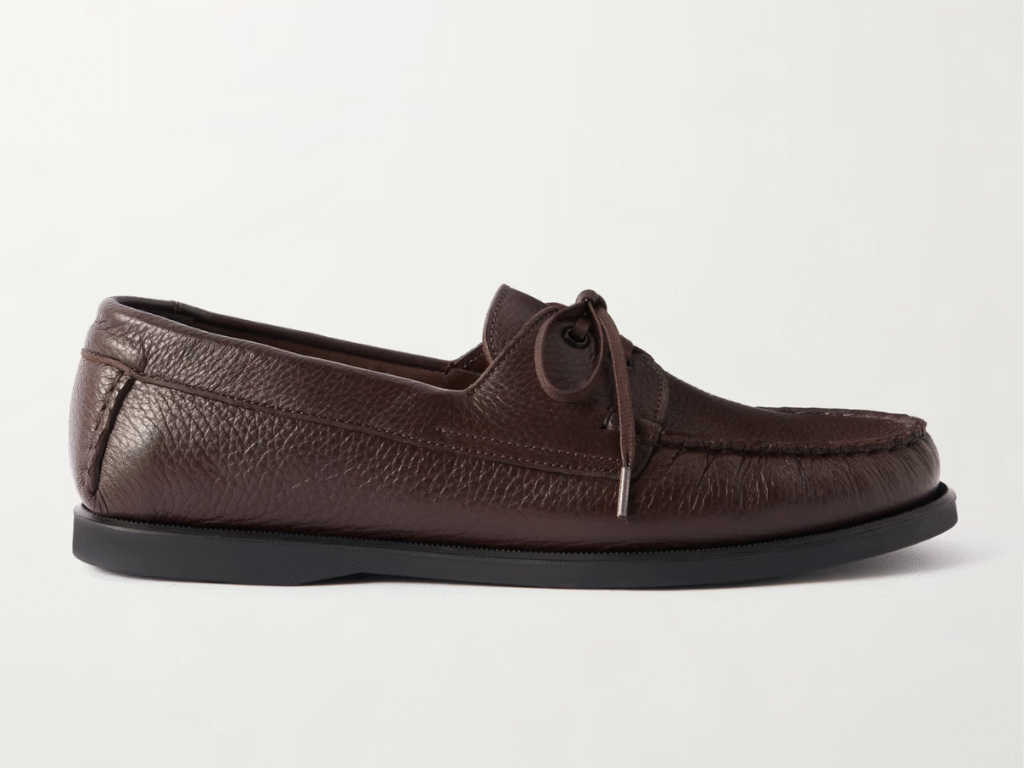
Designers have also stepped up to reimagine the silhouette for a new generation. From buttery-soft leathers to eco-conscious materials and hybrid designs that flirt with sneaker-like comfort, the boat shoe has evolved far beyond its preppy stereotype. These thoughtful updates make them feel contemporary and versatile again, shedding the baggage of the past while retaining the craftsmanship that originally made them iconic.
At the end of the day, the boat shoe’s comeback isn’t just about nostalgia — it’s about demonstrating its durability. Nearly a century after Paul Sperry’s original design, the boat shoe has again established itself as a favorite for men who prioritize comfort, style, and versatility. This summer, they’re not just making a return; they’re reminding us why they became an icon initially. Slip into a pair, and you’ll see how effortlessly they can work for you.
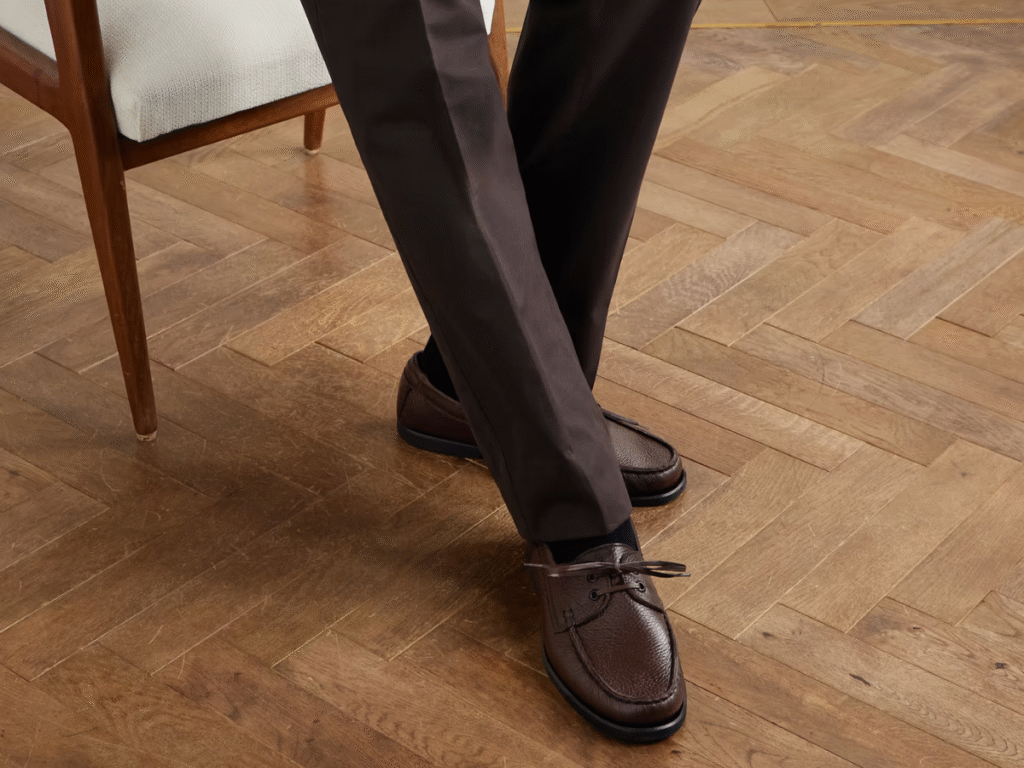
What distinguishes boat shoes from trendy footwear is their longevity. Made with durable moccasin stitching, thick leather laces, and sturdy rubber soles, a high-quality pair isn’t just for one summer—it’s built to last for years. The more you wear them, the better they become, shaping to your foot and gaining that worn-in character that makes them uniquely yours. Most quality pairs typically start around CAD $150, but considering how long they last, that price quickly proves to be money well spent.
That’s what makes them such a smart investment. Unlike sneakers that wear out quickly or cheap loafers that lose their shape, boat shoes age gracefully and remain versatile across many occasions. From vacations to casual Fridays, city streets to seaside getaways, they’re the pair you’ll keep returning to. When you consider cost per wear, boat shoes more than justify their place in your wardrobe—showing they’re not just a trend, but reclaiming their role as a timeless staple.
Can You Wear Boat Shoes With Socks?
Traditionally, boat shoes are worn without visible socks to maintain a clean, relaxed look. If you prefer socks for comfort, choose no-show or invisible socks—this way, you get the best of both worlds.
Are Boat Shoes Only For Summer?
Not at all. While they look great in warm weather with shorts and linen, modern versions in suede or darker leather can be worn into spring and autumn. They’re versatile enough to be worn almost year-round, depending on how you style them.
How Do You Break In Boat Shoes?
Boat shoes may feel stiff initially, but the unlined leather softens quickly. Wear them around the house with thin socks for a few days, and you’ll notice they start shaping to your feet. Some people even lightly condition the leather to speed up the process.
What Outfits Work Best with Boat Shoes?
Boat shoes excel in smart-casual settings. Imagine tailored shorts with a linen shirt for summer evenings, chinos with a polo for weekend brunch, or even slim jeans with a lightweight blazer when aiming for a sharper look. They’re versatile enough to dress up or down, but steer clear of pairing them with formal suits—they’re designed for relaxed sophistication, not boardroom meetings.
How Do You Care For Boat Shoes?
Boat shoes are built to last, but a little maintenance makes a difference. Wipe them down with a damp cloth after wearing, condition the leather every few months to keep it supple, and allow them to air dry naturally if they get wet. Keep them away from direct heat—that can warp the leather. With proper care, an quality pair can easily last for years.


